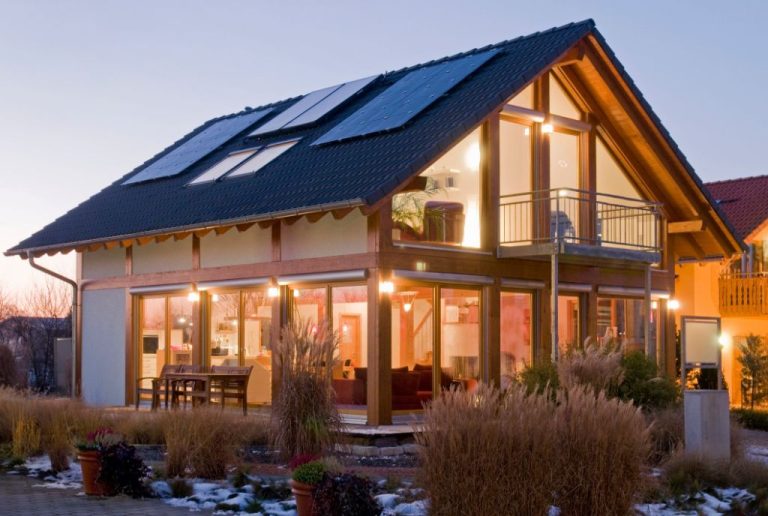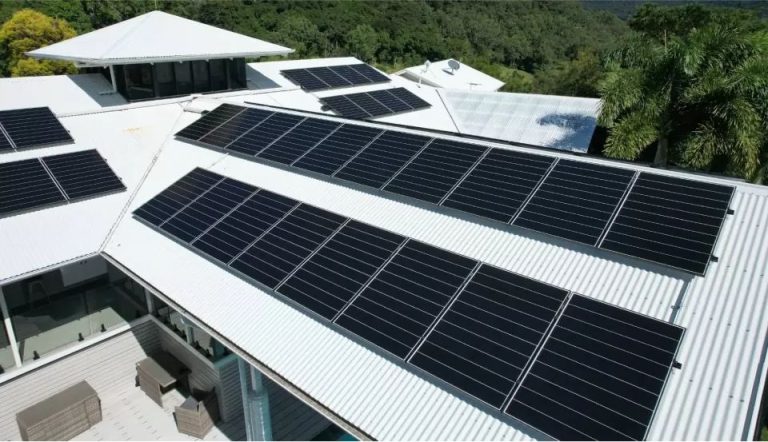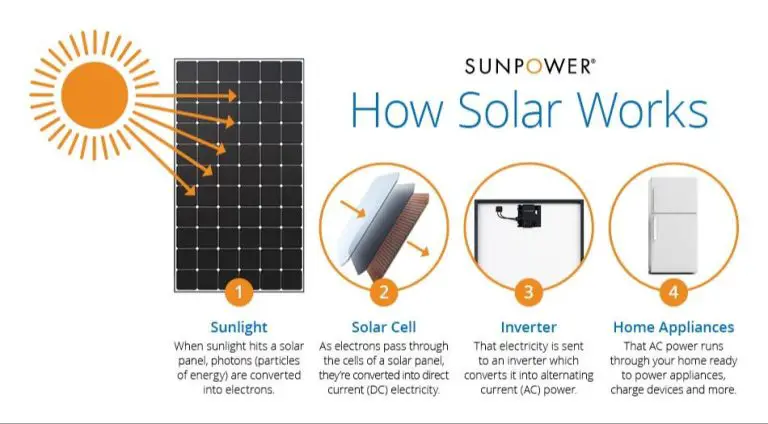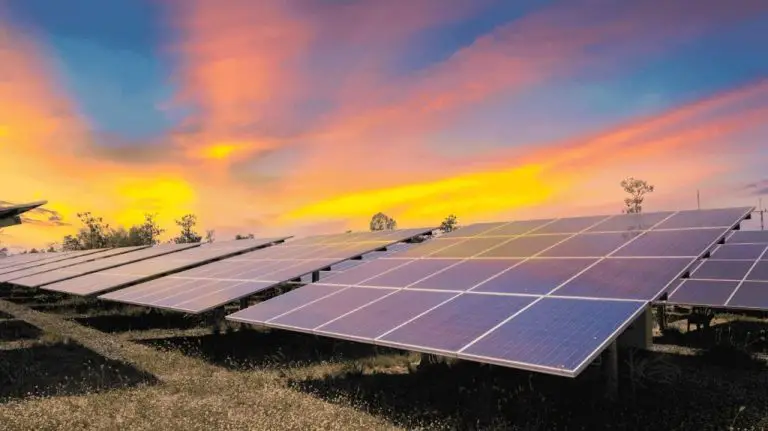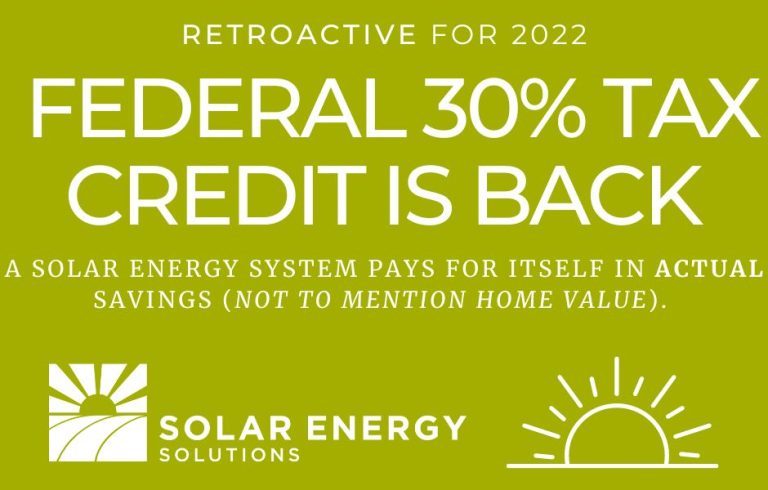How Did Solar Energy Evolve?
Early History
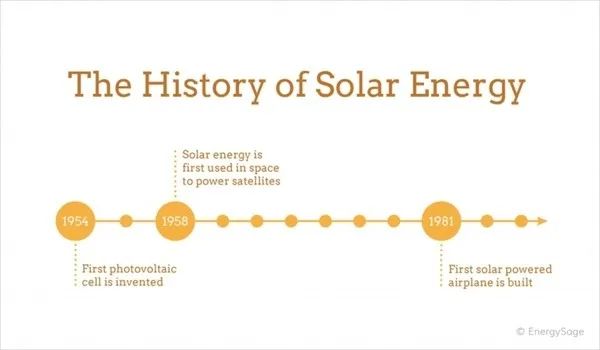
The use of solar energy dates back millennia. Ancient civilizations like the Romans and Chinese used passive solar design in architecture to heat buildings and water. The Roman baths in Bath, England had large south-facing windows to let in sunlight to heat the floors and water. Many ancient structures were also aligned with the sun’s path, such as Stonehenge in Britain, which was built around 2500 BCE.
There is evidence that ancient Greeks and Romans understood the underlying principles of solar power. Writings from the Greek mathematician and engineer Archimedes in 214 BCE described how the sun’s rays could be concentrated by glass to heat objects. The first known examples of concentrated solar power date back to 212 BCE when the Greek scientist Archimedes allegedly used mirrors to focus sunlight on the invading Roman fleet and set the ships on fire.
Photovoltaic Effect
The photovoltaic effect is the basic physical process through which a photovoltaic cell converts sunlight into electricity. When sunlight hits the cell, photons are absorbed by the semiconductor material in the cell, such as silicon. This energizes electrons and causes them to break free of their atomic bonds, enabling flow of electric current. The photovoltaic effect was first observed by French physicist Alexandre-Edmond Becquerel in 1839 when he found that shining light on a conductive material submerged in electrolyte could generate electricity.
According to Energysage.com, “How Do Solar Cells Work? Photovoltaic Cells Explained”, solar cells operate via the photovoltaic effect in three main steps. First, sunlight is absorbed by the cell generating charge carriers in a semiconductor material. Next, an electric field forms across the solar cell junction which forces electrons and holes in different directions. This flow of electrons and holes is an electric current. Lastly, metal conductive plates collect the electrons and transfer them to an external circuit where electricity powers devices.
First PV Cells
The first practical silicon solar cell was publicly demonstrated in 1954 by Bell Labs researchers Daryl Chapin, Calvin Souther Fuller and Gerald Pearson.1 Using silicon as a semiconductor, the Bell Labs team created the first solar panel that could convert enough sunlight into power to run everyday electrical equipment. Their initial solar panel had around 6% efficiency.
Previously in 1883, Charles Fritts had created the first solar cells made of selenium coated with gold, but they only had about 1% efficiency. The Bell Labs team improved on these early solar cells by using higher purity silicon and adding boron to control the flow of electricity. Their 6% efficient solar panel was unveiled at a press conference in 1954, powering a small Ferris wheel and radio transmitter.
This milestone opened the door for silicon to become the dominant material used in solar cells today. The researchers at Bell Labs continued improving their solar cell technology throughout the 1950s and 1960s.
Space Race
The Space Race between the United States and Soviet Union in the 1950s and 1960s drove early research into photovoltaics for powering satellites and spacecraft (Wikipedia, 2023). The first satellite powered by solar panels, Vanguard 1, was launched by the United States in 1958. The panels provided a small amount of power to run the transmitter. In the 1960s, more efficient solar cells made from silicon were developed, allowing more power to be generated from smaller panels. The demand for solar power increased as satellites required more energy for communications, sensors and operations. According to Wikipedia (2023), Gallium arsenide solar cells became preferred over silicon in the 1990s because of their higher efficiency and slower degradation in space. The Space Race accelerated research into solar technology that would later have applications on Earth.
1970s Oil Crisis
The 1970s energy crisis began in 1973 when Arab members of OPEC imposed an oil embargo on nations that supported Israel during the Yom Kippur War, including the United States and many countries in Western Europe (1970s Energy Crisis – Causes, Effects, OAPEC). This led to substantial oil shortages and price increases around the world. At the time, the U.S. imported about a third of its oil, much of it from Arab nations (How the 1970s US Energy Crisis Drove Innovation). The embargo caused global shortages and a quadrupling of oil prices (1970s energy crisis).
The 1970s oil crisis demonstrated the vulnerability of relying so heavily on finite fossil fuels subject to geopolitical tensions. In response, there was increased interest in developing alternative domestic energy sources like solar and wind power that could provide energy security. The oil shocks of the 1970s stimulated significant investment into renewable energy research and commercial development.
Advances
In the 1970s and 1980s, researchers focused on improving solar cell efficiency by developing new materials and manufacturing techniques.https://onlinelibrary.wiley.com/doi/pdf/10.1002/pip.892 One key breakthrough was the development of polycrystalline silicon cells in the 1980s, which were simpler and cheaper to manufacture than monocrystalline silicon cells but only slightly less efficient.
Other efficiency improvements came from using different semiconductor materials like gallium arsenide. Thin film solar cells also emerged as a promising technology, using a fraction of the materials of traditional silicon cells. Manufacturing techniques like laser grooved buried contact cells and passivated emitter rear cell structures pushed cell efficiency higher through better light absorption and charge collection.
These advances in materials and manufacturing pushed the record for solar cell efficiency from around 15% in the 1970s up to over 25% by the 1990s, making solar increasingly cost-competitive with fossil fuels.
Price Drops
Solar panel prices have dropped dramatically in recent decades due to economies of scale. As solar manufacturing has scaled up to meet growing global demand, production costs have come down. According to an MIT analysis, panel costs decreased by about 20% each time global solar capacity doubled from 1975 to 2018.1 Several factors contributed to these economies of scale, including technological improvements, manufacturing innovations, and market growth. Chinese manufacturing in particular helped drive down costs through high-volume production using economies of scale.
One study found that the average price of a solar panel in 2017 was about 1% of what it cost in 1977. While solar was once prohibitively expensive for widespread use, these massive price declines have made solar energy competitive with fossil fuels in many locations. This cost drop has been a major driver in the rapid growth of global solar installations.
Storage
Perhaps the most important advancement enabling widespread adoption of solar power has been improvements in energy storage technology, particularly batteries. Early solar panels could only produce electricity when the sun was shining. Any excess electricity that wasn’t immediately used would be wasted. The development of efficient, cost-effective energy storage has allowed solar power to be collected and used anytime, not just when the panels are actively producing electricity.
The first rechargeable lead-acid battery was invented in 1859 by French physicist Gaston Planté, but it took over a century for battery storage to advance enough to pair with solar [1]. In 1991, Sony developed the first commercial lithium-ion battery, which had major advantages over previous rechargeable batteries in terms of energy density, storage capacity, and cycle stability [2]. This breakthrough made home solar energy storage affordable and practical for the first time.
Since then, lithium-ion battery costs have dropped by over 85%, while performance has continued to improve. This downward price trend, paired with the falling prices of solar panels themselves, has enabled home solar system installations to skyrocket. With economical solar energy storage, homeowners can now disconnect from the grid or at least reduce their grid dependence significantly. The growth of solar power owes much to concurrent breakthroughs in energy storage.
Today
Solar energy has experienced exponential growth in recent years. According to Solar Energy Growth Statistics (2022), global solar PV installation reached 154 GW in 2021, a 24% increase from the previous year. China led installations with 54.9 GW, followed by the U.S. with 23 GW.
As of 2021, total global solar PV capacity stood at over 927 GW, up from 760 GW in 2020. Again, China led with over 308 GW of capacity. The U.S. ranked 2nd with 122 GW. This massive growth is expected to continue, with projections that global solar capacity will reach over 7,000 GW by 2050.
A key driver of solar’s rise is its rapidly declining costs. Since 2009, the average price of solar panels has dropped over 90%. This makes solar cost competitive with conventional energy sources like coal and natural gas.
Solar energy delivers significant climate change benefits. Unlike fossil fuels, solar emits no greenhouse gases during operation. Widespread adoption of solar could prevent millions of tons of carbon emissions each year. With the increasing urgency of climate change, solar provides a clean energy solution.
Overall, solar energy is experiencing a tremendous growth phase. Driven by plummeting prices and the need to combat climate change, solar capacity is rising exponentially. This growth is expected to continue as solar becomes an increasingly cost effective and environmentally friendly energy source.
The Future
The future looks bright for solar energy. Projections show that solar will continue to expand rapidly in the coming years and decades. According to the International Energy Agency (IEA), solar PV capacity could reach over 5,500 gigawatts globally by 2040, a nearly 10 fold increase from 2018 levels. The IEA predicts that solar will represent the largest annual growth in renewable capacity through 2040.
Several factors are expected to drive this continued growth. Costs for solar panels and associated technologies continue to fall, making solar increasingly cost competitive with fossil fuels. Emerging technologies like perovskite solar cells and solar microgrids show enormous promise for further cost reductions and efficiency gains. Supportive government policies, especially in major markets like the U.S., Europe, China and India, will also facilitate solar expansion. As more businesses and consumers adopt solar, economies of scale and further innovation will reinforce the technology’s competitiveness.
While challenges like storage and transmission remain, solar’s potential is undeniable. According to an analysis by the Institute of Electrical and Electronics Engineers (IEEE), solar could supply 30-70% of global energy needs by 2050. With continued innovation and deployment, solar may well be on track to becoming a dominant energy source this century.

